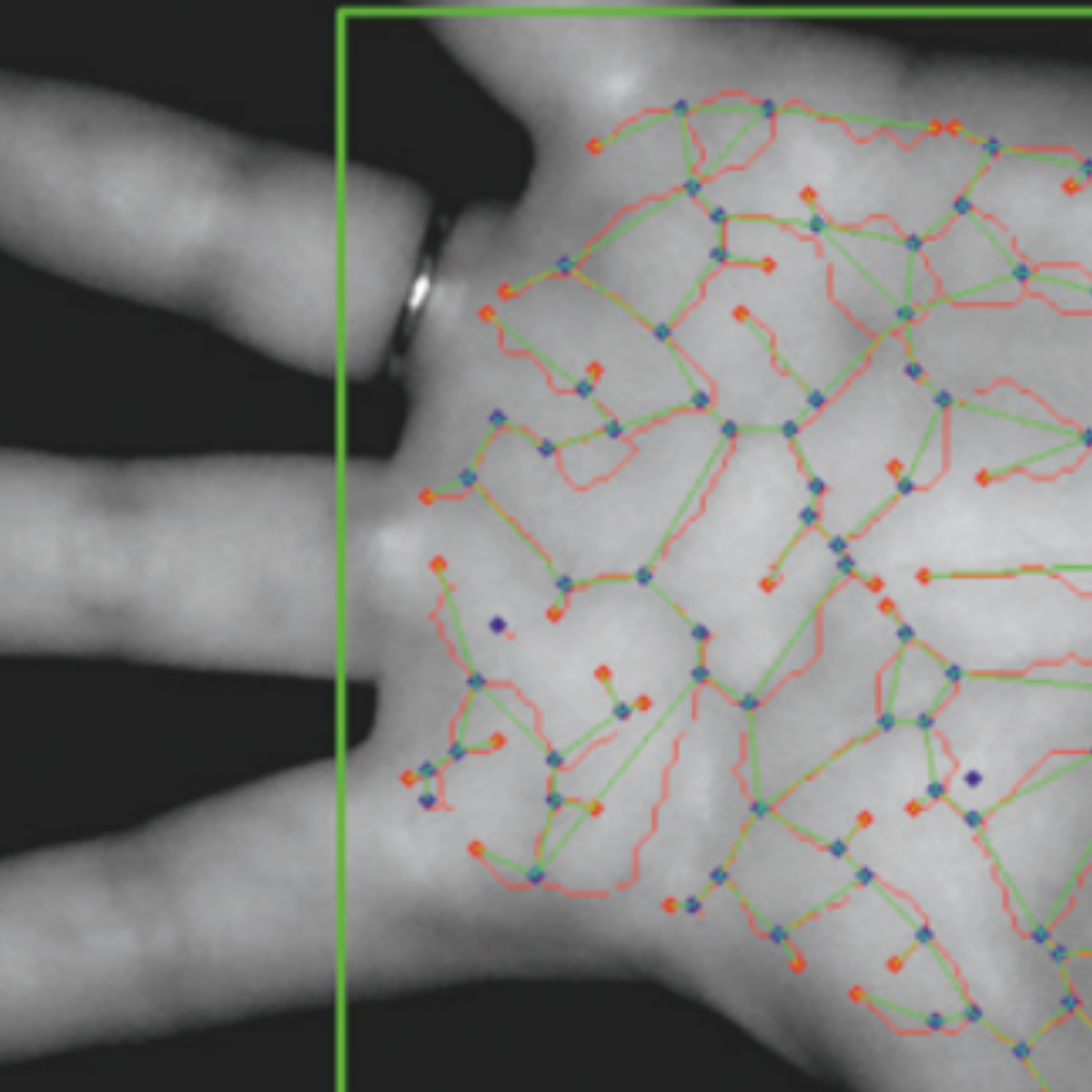Veintree wants to create an ethical, non-nominal, non-traceable digital biometric authentication platform that can replace smart cards or passwords. This solution uses palm vein network recognition as an identifier and will be useful for NGOs involved in natural disaster management and migrant care. In a first version, the researchers at the Icare Institute focused on extracting the vein network from infrared images. On this basis the network is transformed into a graph in order to generate a unique and non-reversible identifier. One of the challenges that has been overcome is that the algorithm can run in semi-real time directly on the image capture sensor. The second phase of the research dealt with the application of the latest deep-learning technologies for the automatic extraction of codes from the vein network of infrared videos of palms. The advantages of this new approach are the speed and accuracy of authentication, as well as the simplification of implementation. On the other hand, this method requires a very large amount of data to train the deep learning models. The first prototypes are being evaluated and will be deployed for testing in a refugee camp under the auspices of the ICRC.

